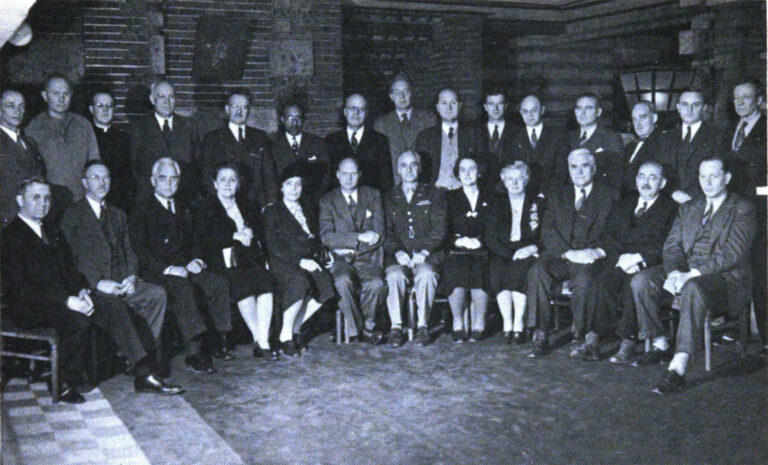Timeline
Inazo Nitobe converts to Quakerism in Baltimore, Maryland.
The first dedicated Quaker school for girls in Japan is established in Tokyo, named “The Friends Girls School”.
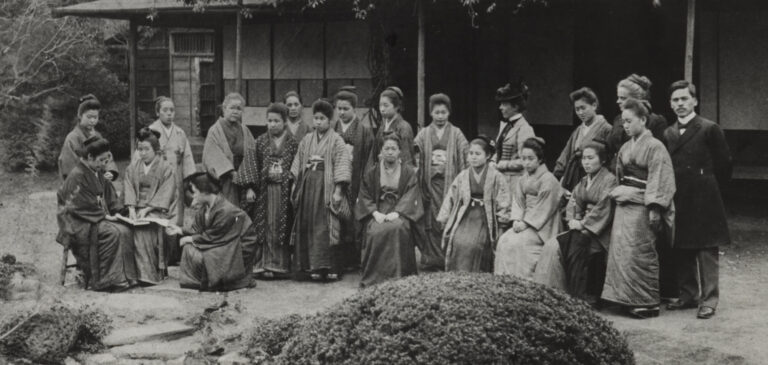
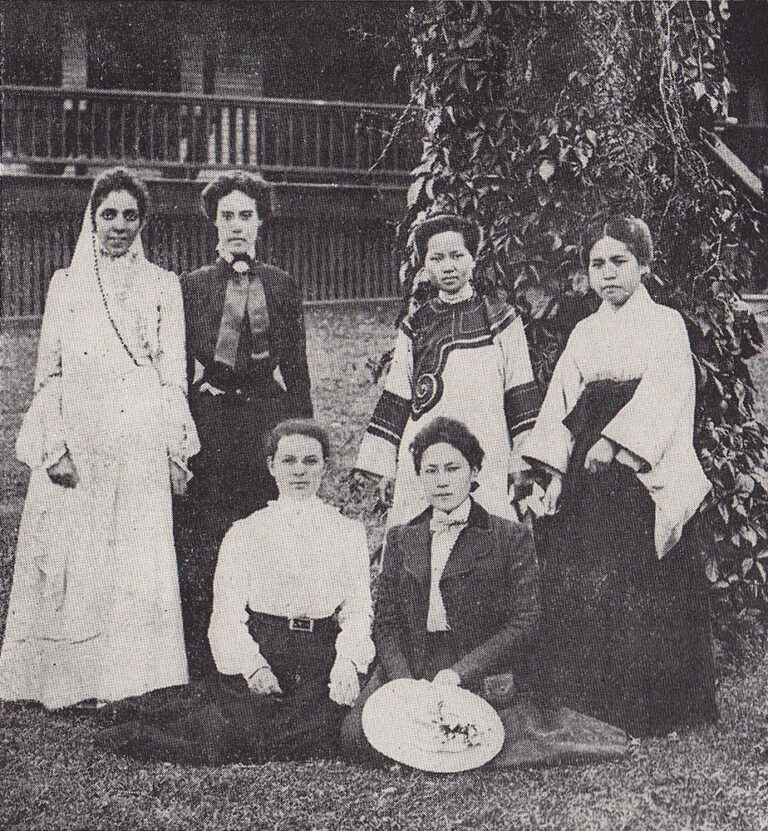
Michi Kawai attends her first YWCA camp in Silver Bay, New York, sparking a lifelong association with the organization.
Inazo Nitobe is named an inaugural exchange professor for the Carnegie Endowment for International Peace and delivers a series of lectures at Columbia University in New York City and other American colleges.
Tokyo Woman’s Christian University is established by Inazo Nitobe, who is appointed the first president.
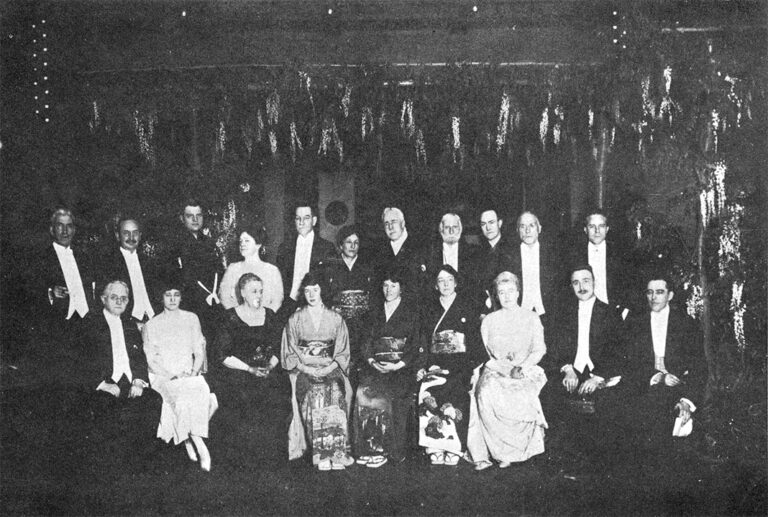
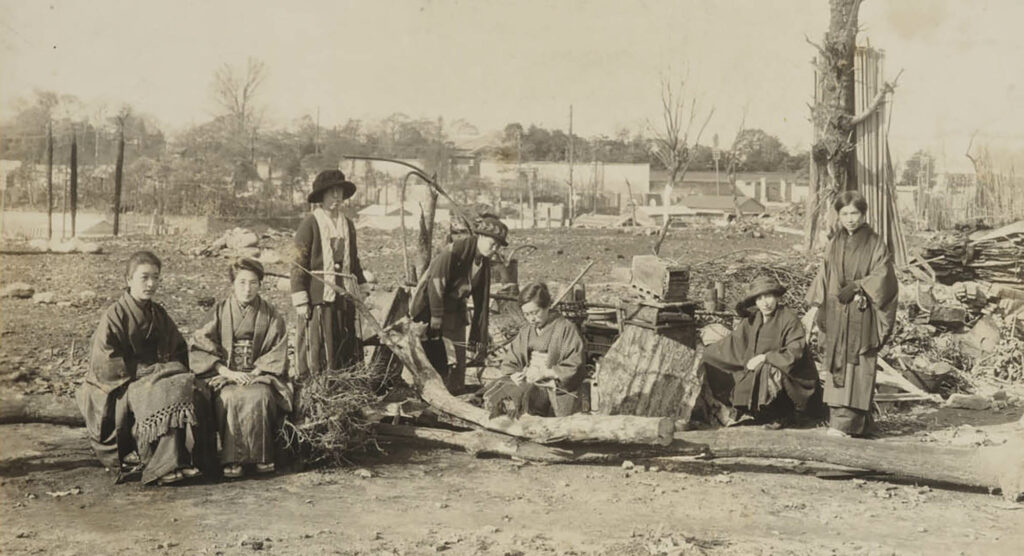
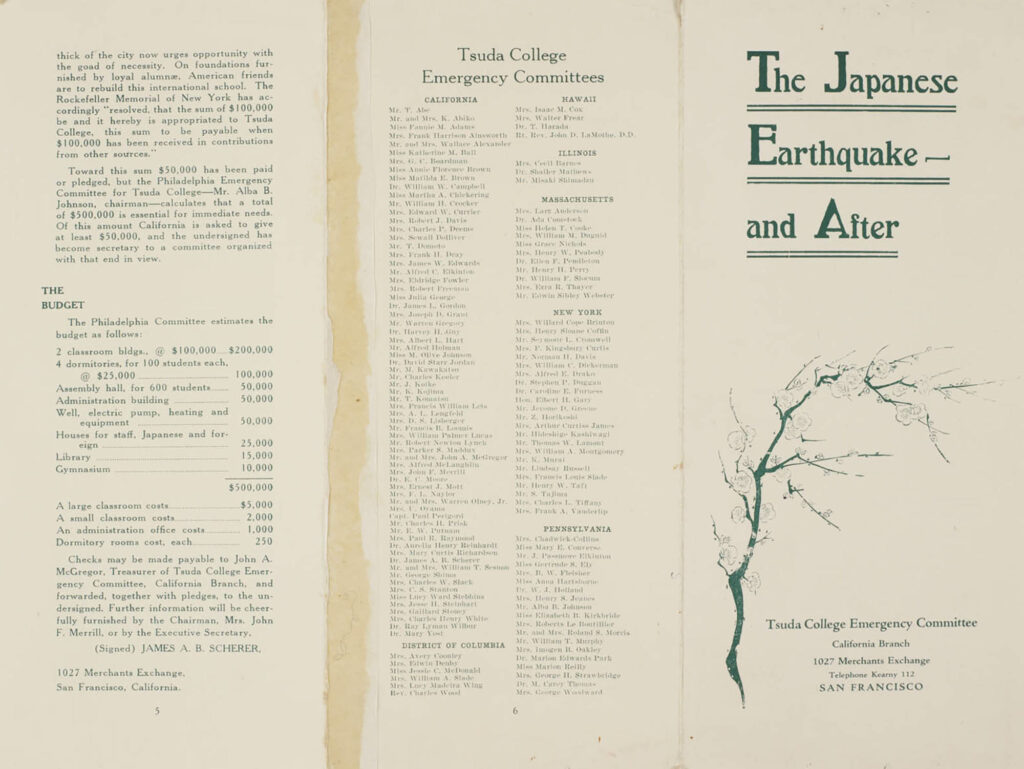
Ai Hoshino receives a Masters degree from Teachers College, Columbia University in New York City.
Michi Kawai founds the Keisen School for Young Women, the predecessor to modern day Keisen University.
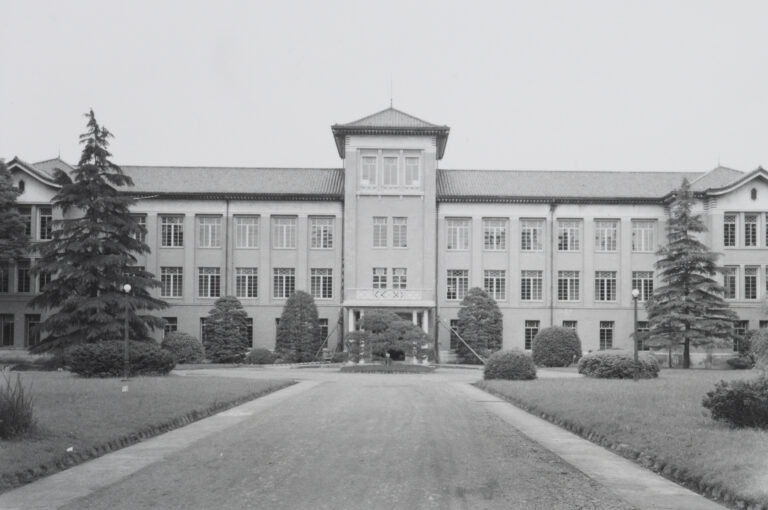
Japan surrenders and the position of Supreme Commander for the Allied Powers, or SCAP, is created. Japanese society begins to undergo a series of changes in its government, economy, industry, and education, overseen by the American occupation forces and SCAP. Kawai and Hoshino join SCAP to promote women’s education throughout the country.
